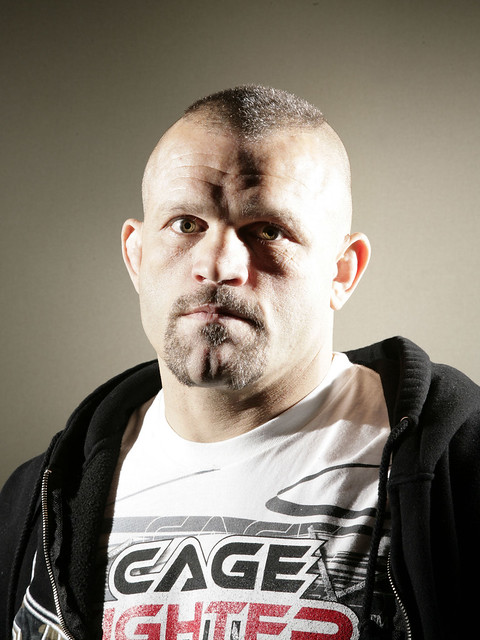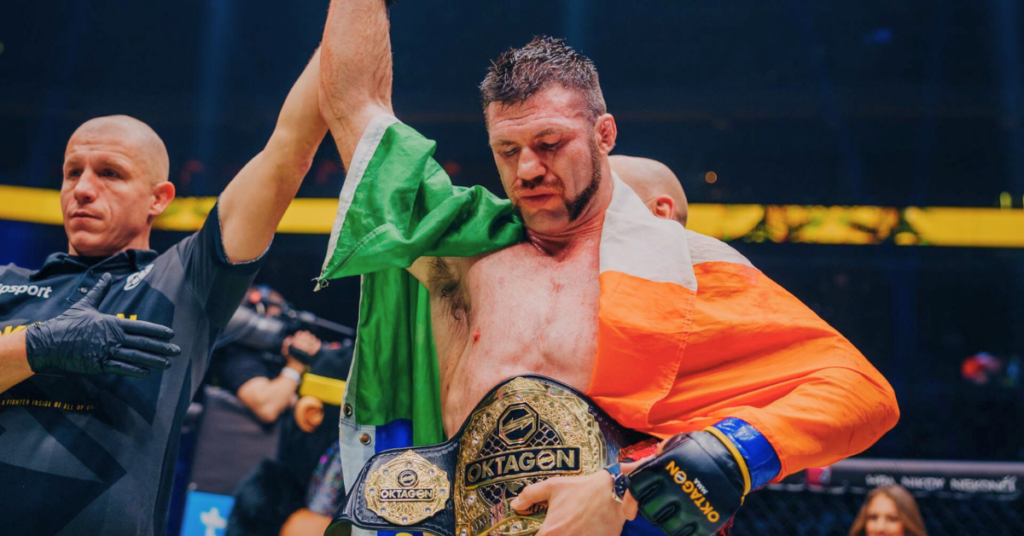Is MMA more dangerous than boxing?
 A question that is often raised is, how safe is MMA? Critics often argue that MMA is more dangerous than boxing and often allow gut feelings and high emotions to override a sensible judgement.
A question that is often raised is, how safe is MMA? Critics often argue that MMA is more dangerous than boxing and often allow gut feelings and high emotions to override a sensible judgement.
To be perfectly honest, however, you cannot completely blame the critics for drawing these conclusions. After all, there are many highlight reels circulating with bloodied and bruised fighters being knocked out left right and centre. Let’s take for example Mark Munoz’s fight against Chris Weidman or perhaps Bigfoot Silva vs. Cain Velasquez. Both bouts ended with two fighters bleeding profusely on the canvas. Then there was Stefan Struve, whose jaw was recently shattered by Mark Hunt.
When MMA is criticised for being too dangerous, you often hear strong defences quickly emerge from MMA promoters pointing out the dangers in other sports such as boxing or professional football. The UFC have proudly stated that in the history of the company, there has never been a serious injury or death. However, the one question on everyone’s minds is what will be the long term effects?
In boxing, you do not have to look too hard to find former champions that have suffered permanent nEurological damage affecting speech and other executive functions. With MMA being such a young sport, the extent of long term injuries is relatively unknown at this stage. However, whenever there is an MMA library full of knockouts reels, you have to suspect that long term damage is a real possibility. And this may explain why UFC president Dana White was so vocal in recommending the retirement of long time friend Chuck Liddell who suffered some devastating knockouts late in his career.
In 2012, MMA Weekly reported that former kick boxer and MMA fighter Gary Goodridge was diagnosed with early onset CTE/pugilistic dementia, a condition caused by repeated head trauma, resulting in degeneration of brain tissue. It typically affects athletes who have suffered repeated traumatic shock to the head in contact sports.
The case involving Gary Goodridge would naturally raise alarms as to whether other MMA fighters were now at a heightened risk for dementia. Unlike many contemporary MMA fighters, Gary Goodridge’s career spanned over 15 years between 1995 to 2010 and he fought the biggest boys at heavyweight in both MMA and kickboxing organizations. Gary Goodridge also fought in Pride where rules such as head stomps and soccer kicks were legal.
By the time Chuck Liddell retired he had suffered 4 TKO losses and 2 KO’s courtesy of Rich Franklin and Rashad Evans. Compared to Chuck Liddell, Gary Goodridge suffered 10 knockouts and 15 TKOs during his MMA and kickboxing career.
There was also a significant difference in the number of fights of Chuck Liddell and Gary Goodridge. Liddell fought 51 times during his kickboxing and MMA career while Goodridge had 85 professional fights. Liddell retired after three consecutive losses while Goodridge accumulated eight consecutive defeats before he finally retired.Unlike boxing, MMA involves both stand-up and ground fighting utilising a combination of punches, kicks, elbows, knees, grappling and submissions. In boxing there is generally a higher volume of total strikes compared to MMA, and unlike MMA, all boxing strikes are concentrated towards the head and upper body region.
When GSP fought Nick Diaz at UFC 158, he landed a total of 210 strikes according to Fightmetric. There were 138 head strikes registered, 53 body strikes, and 14 strikes delivered to the legs. When James Toney fought Glenn Wolfe in 1992 he landed a total of 468 strikes according to Compubox. You will also note that boxing matches are significantly longer than MMA fights, and boxers are given added time to recover after a knockdown due to the ten count rule.
To evaluate the risks of either sport you have to consider the length of career, and also the number of fights and respective battles that were encountered. James Toney for example who fought once against Randy Couture has a professional boxing record of 74-8-3. Randy Couture on the other hand retired with an MMA record of 19-11.
Another fighter worthy of mention is Wanderlei Silva who is a legend of the Pride era. Wanderlei has been very successful throughout his career however he has suffered 4 Knock outs and 2 TKO during his professional fighting career of 35-12-1(1).
Dr Johnny Benjamin an Orthopaedic surgeon spoke to Bloody Elbow and explained that a fighter can suffer multiple concussions within a fight. He used the example of Stefan Struve to state that “Stefan’s license may say he’s 25, but in physiologic years, he’s much, much older than that, with all the concussive force that he’s sustained. I’m sure nobody will like to hear this, but Stefan Struve really needs to think about retiring”.
CBS news reported a study by Dr. Charles Bernick, a CTE researcher at the Cleveland Clinic. A total of 78 boxers and mixed martial arts (MMA) participated in the study with an average age of 29 years. The fighters underwent MRI brain scans and researchers measured their memory and thinking abilities. The study found that the fighters with more than nine years experience who had fought more regularly each year performed worse on thinking and memory tests.
So lowkickers, now it’s your turn. When is it time for a fighter to retire in your opinion? And do you believe that MMA is safer than boxing?






